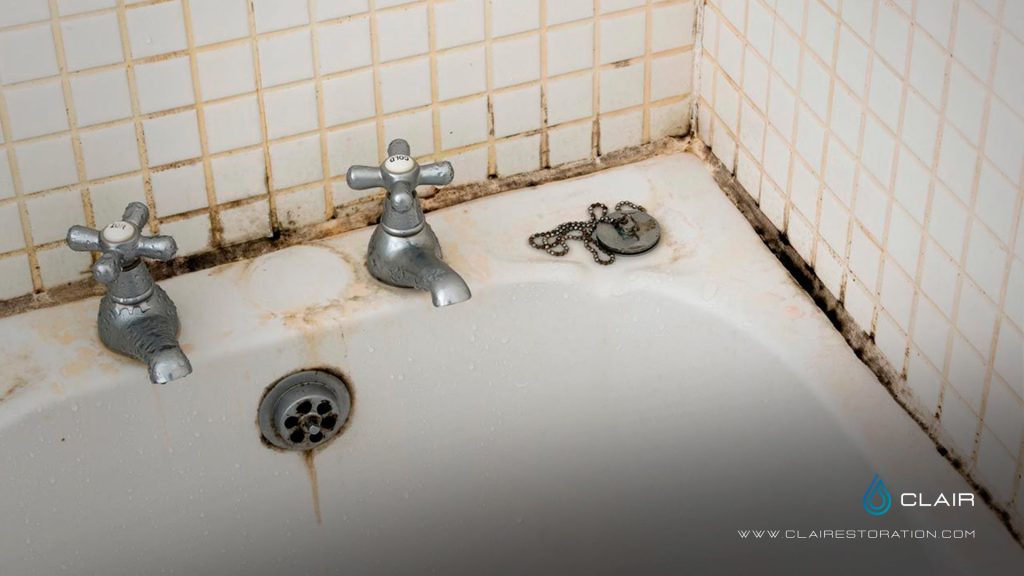Bathrooms are prone to mold growth due to the combination of moisture and inadequate ventilation. Mold not only detracts from the aesthetics of your bathroom but can also cause health issues such as allergies and respiratory problems. It’s important to take effective measures to combat and prevent mold in bathrooms, ensuring a healthy and clean environment for you and your family. Here are some key steps to follow:
1. Maintain Good Ventilation
Proper ventilation is crucial in preventing mold growth in bathrooms. Ensure that your bathroom has a window that can be opened to allow fresh air circulation. If a window is not available, consider installing an exhaust fan or a bathroom ventilation fan. These devices help remove excess moisture and improve ventilation in the bathroom. Remember to leave the fan running during and after each shower to reduce the accumulation of steam.
2. Control Moisture
Moisture is the primary factor that promotes mold growth. After showering or bathing, make sure to dry surfaces with a towel or cloth to remove excess water. Avoid leaving damp clothing or wet towels in the bathroom, as they contribute to the humidity level. Use a dehumidifier if your bathroom tends to be excessively humid. Additionally, be sure to repair any water leaks in pipes or faucets to prevent moisture buildup in the bathroom.
3. Regular Cleaning and Drying
Perform regular cleaning of your bathroom to prevent the accumulation of dirt, mold, and mildew. Use specific cleaning products to eliminate mold and water deposits on bathroom surfaces, such as tiles, bathtubs, and sinks. Pay special attention to areas prone to mold, such as corners of the tub or shower. Make sure to thoroughly dry surfaces after cleaning to prevent moisture buildup.
4. Seal Joints and Cracks
Mold can find refuge in tile joints and cracks in bathroom surfaces. Use a mold-resistant sealant to seal tile joints and prevent water leakage. Regularly inspect problematic areas, such as corners of the tub or shower, and repair any cracks or damage in the surfaces. By keeping surfaces properly sealed and preventing water infiltration, you reduce the areas prone to mold growth.
5. Proper Laundry Practices
Avoid leaving dirty laundry or wet towels in the bathroom for extended periods. The moisture and soap residue on fabrics can promote mold growth. Regularly wash towels and shower curtains in hot water to remove any residue and ensure they are completely dry before storing them. If possible, avoid storing clothes or towels in the bathroom and instead utilize well-ventilated closets or storage spaces.
6. Regular Inspection
Perform regular inspections in your bathroom to identify any early signs of mold. Pay attention to corners, tile edges, and areas around faucets and pipes. If you notice stains or mold growth, take prompt action to clean and eliminate it. The sooner you address the mold problem, the easier it will be to control and prevent its spread.
By following these preventive measures and maintaining regular cleaning practices, you can effectively combat mold in your bathroom and maintain a healthy and clean environment. However, if you encounter a persistent or extensive mold problem, consider seeking the assistance of professionals specializing in mold remediation, such as Clair Restoration. These experts have the experience and resources to effectively address the mold issue in your bathroom, ensuring a long-lasting solution and a safe environment for you and your family.

